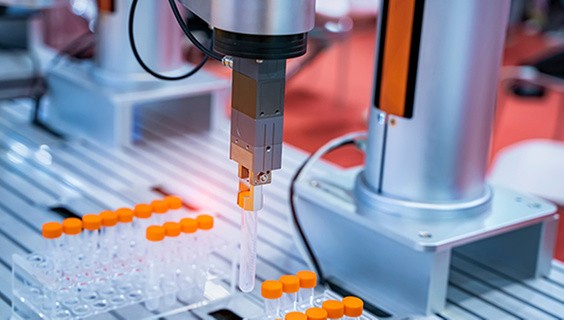Defining the intersection of information science and data science
The development of text and data mining (TDM) tools has revolutionized the information landscape, allowing researchers to process extensive datasets, identify patterns, draw insights and create visualizations. While TDM initiatives generally fall under the umbrella of ‘data science’, librarians and information professionals are increasingly being given opportunities to support on these initiatives. This leads to an exciting new collaboration, with information professionals bringing a set of unique skills and perspectives that can really enhance the projects they are working on.
For our podcast, long-time information specialist and now trusted advisor Mary Ellen Bates sat down with three experts, Jonnie Hauswirth, Rachel Wangerin and Jennifer Nelson of 3M Knowledge Discovery & Analytics, to discuss how they are defining the intersection of information science and data science. Read some of the highlights from the interview below, or you can listen to the full podcast below.
Unique skills and insights
At 3M, our experts all found that the skills they possessed allowed them to look at TDM initiatives with a different perspective.
Rachel observed that as an information professional, she was able to help her internal clients understand exactly what they were looking for and to focus their questions in order to be presented with a more manageable set of data.
“If they come to us and want to know everything that ever happened with a specific polymer, that might be great, but if it’s a polymer that is in everything, then we’re talking about millions of patents. So, helping them figure out exactly what their question helps us figure out what types of tools would help answer that question.”
Rachel also stated that she was able to draw upon her knowledge to help her clients progress in a more cost-effective, more efficient manner. For example, her understanding of copyright implications allowed her to help her clients avoid spending “$100,000 answering a $10,000 question”, and her relationships with publishers allowed her to take advantage of already indexed data to source cleaner data sets.
Unexpected benefits
As well as supporting the research, Jonnie noticed that working on TDM initiatives brought an unexpected benefit to his own team - that they were able to showcase their expertise, and raise their profile within the organization:
“With each interaction that we have with our clients on a project, it’s showing the capabilities of the team and how we understand enough of their technology to be able to talk to them about that, but then enough of the information landscape in our own industry to be able to bring that to bear.”
Advice to newcomers
As the world of TDM can be daunting for anyone looking to step into it, we asked our experts to share advice to anyone looking to get involved in TDM initiatives in their organization, or if there was anything they wished they knew ahead of time.
Jennifer acknowledged a need to let go of “the traditional librarian mindset”, as she found that the TDM projects she was involved in were more successful when she brought her own opinions to the table, rather than just presenting the data.
“[Clients] don’t want us to just say, ‘Here you go, go have some fun with it.’ They want us to say, ‘Here you go, go have some fun with it. Here are my top-level findings. We can talk about it after you look at things.’ So, I wish I had done more of that earlier.”
New developments
The field of data science is an ever-changing environment, so we asked our guests what is next for 3M, and for the industry.
Rachel explained that this is something they are still figuring out, but a key aspect is an upskilling staff to find more efficient ways to look at data and information - including exploring new tools and technologies:
“A lot of vendors are starting to incorporate different types of AI, data science, text and data mining. They call it all different things, but we’re seeing it more and more.”
Jennifer added that adjusting to new developments allows them to try new things, to find out what works and to learn from failures. She ended on this optimistic piece of advice:
“Be brave, tell people what you’ve done. Tell people what works, what doesn’t work. Sometimes I think information professionals are afraid to be wrong. And we can’t. We have to be more willing to experiment, to fail, to tell people what we’ve been doing. Hopefully we’ll succeed more than we fail, but you can’t succeed if you don’t try.”
Listen to the full episode from the series “Modern Librarians: Corporate Superheroes”:





